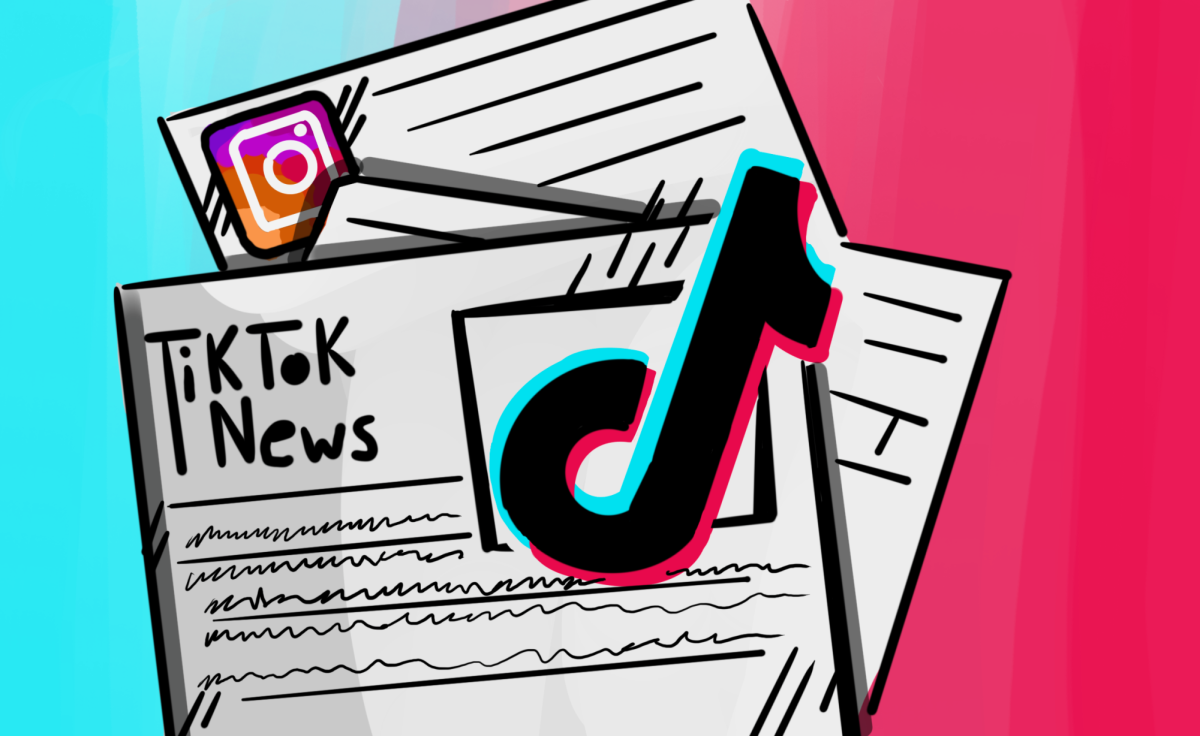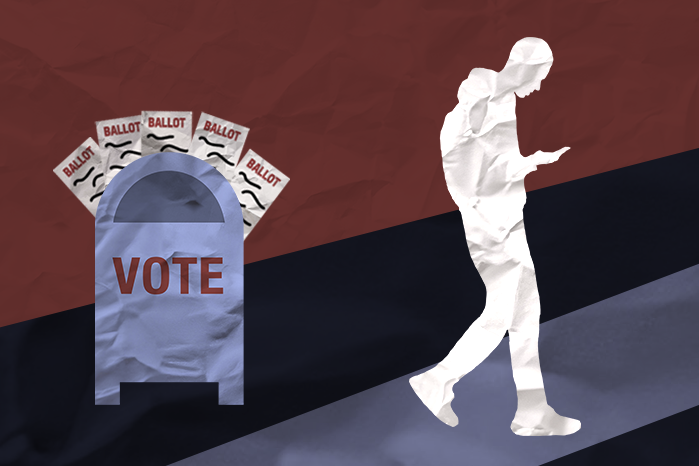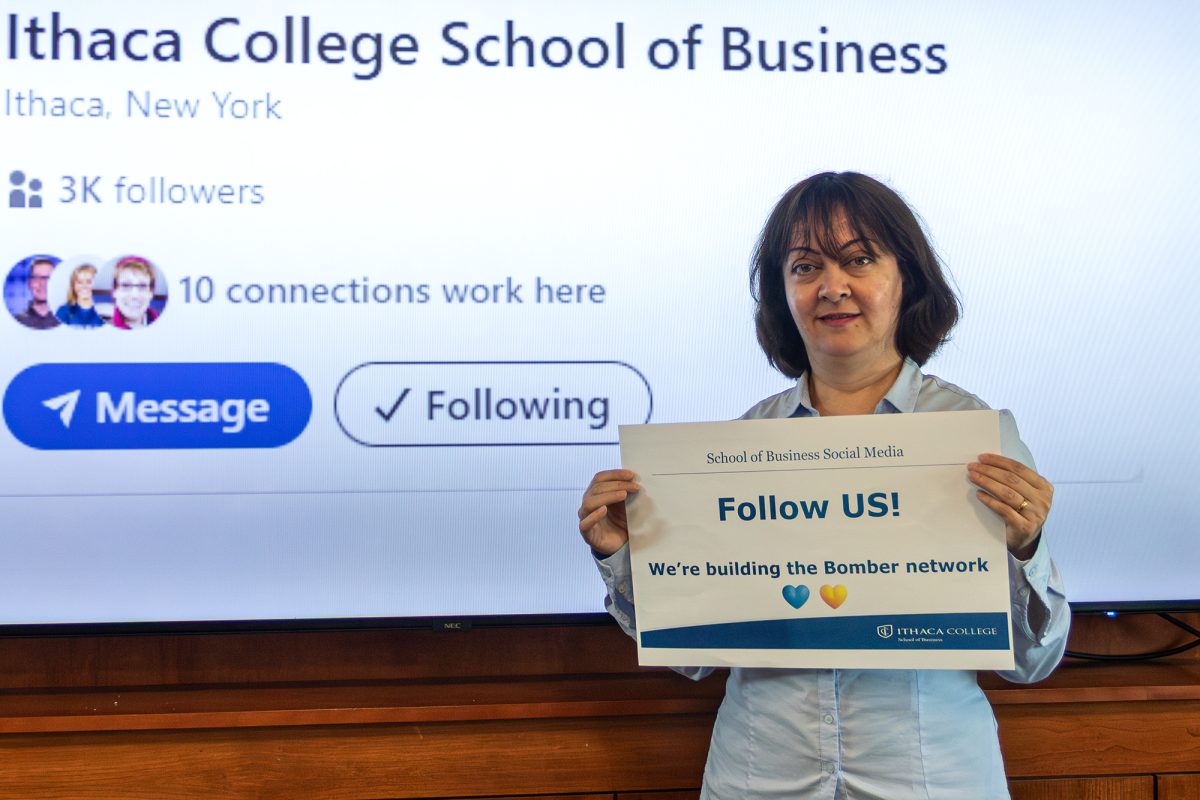The way we experience the world has greatly changed with the emergence of social media. Even how we learn about the world, i.e., the news has evolved throughout time. Newspapers first emerged in the early 18th century, followed by radio and broadcasts in the early 20th century, allowing information to spread over large distances. Now, we are in the digital age of news, with digital activism being at the forefront of how many receive their information.
Online news sites are great sources for information, but that doesn’t seem to be where many get their facts. Social media has quickly developed into our new major news source, with about 52% of U.S. adults using TikTok saying they at least sometimes get news from social media. And the most commonly used site? TikTok.
The short-form video app features various types of accounts, from journalists to comedians. An app once dismissed as a place for lip-syncs and dance challenges is now shaping how millions understand wars, elections and global crises.
In a 2024 Pew-Knight Initiative study, 37% of TikTok users said they regularly get news from “news influencers” on several social media sites. However, 84% of these news influencers on TikTok have no background or affiliation with a credible news organization.
Not only do many of these creators have no association with an actual news source, 62% of surveyed creators said they don’t vet the accuracy of content before sharing it with their followers, according to a UNESCO study published in 2024.
Over four in 10 influencers surveyed say they evaluate a source’s credibility based on likes and views, and only 17% said documentation and evidence was their top factor in gauging credibility. These influencers are activists, not news sources.
TikTok’s algorithm ensures that future content is largely shaped by interactions with past content; the more you interact with videos with similar concepts and ideas, the more you will receive similar videos. Without any contradictory view points, a user’s feed becomes an echo chamber of misinformation and one-sided narratives.
Most videos posted on TikTok are under 45 seconds, meaning there is little time to provide users with context and provide a nuanced discussion. The app’s algorithm favors shorter videos — the ideal length being 21-34 seconds — encouraging influencers to only provide the bare minimum information.
These influencers should be pushed to work with credible news sources and to verify the data and concepts they are spreading.
TikTok has publicly recognized its role in spreading misinformation and has taken steps to mitigate its impact. Collaborating with reputable fact checking organizations like PolitiFact and Snopes, they have begun to identify and remove false and misleading content from users’ feeds. Tools such as their educational campaign have been launched, meant to help users identify and report information through videos and articles.
Social media is continuing to grow and has become a major source in news coverage. Because influencers continue to fail to provide accurate information, it is up to the viewer to verify facts on the videos they engage with.
It is critical in our age of misinformation to understand how and why we need to fact check our news.














